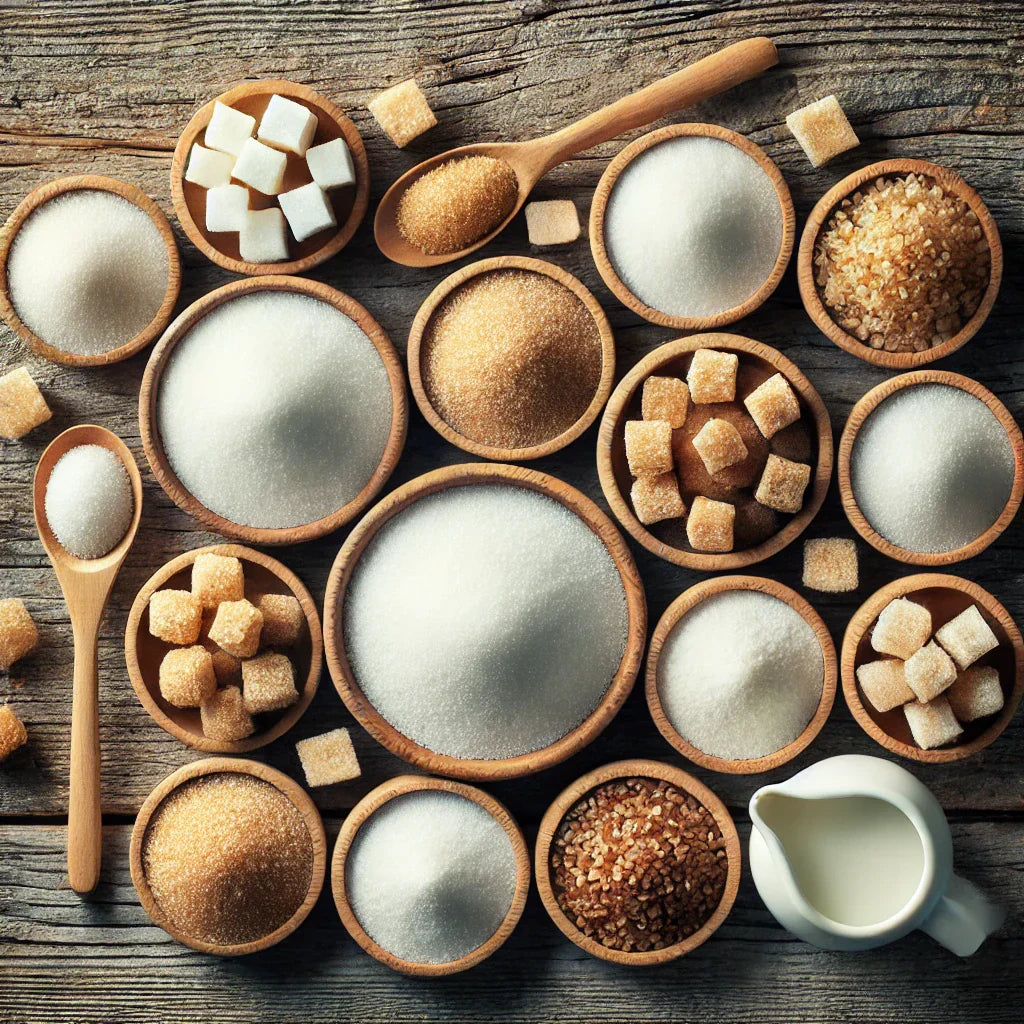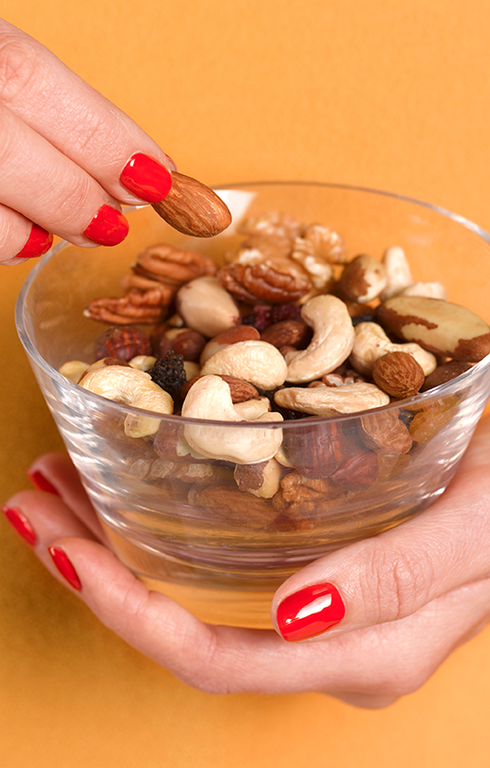If you feel tired, crave sweets, or struggle with weight, a sugar detox plan for beginners can be the perfect starting point. Reducing added sugars helps improve energy, balance mood, and control appetite. A sugar-free diet is not about restriction but about choosing whole foods, natural sweeteners, and balanced meals. By following a sugar detox program, you reset taste buds, break unhealthy habits, and train your body to rely on real nutrition instead of quick energy spikes. This simple yet powerful approach makes it easier for beginners to embrace a healthier lifestyle and long-term wellness.

Why Start a Sugar Detox?
A sugar detox plan is necessary because excessive sugar intake causes energy crashes, mood swings, and weight gain. High sugar foods increase insulin levels, leading to fat storage and constant hunger. For beginners, cutting down sugar reduces cravings, supports weight management, and improves focus. A sugar detox diet also lowers the risk of chronic diseases like diabetes and heart disease. Once you remove processed sweets, your body quickly adapts to natural sources of sweetness like fruit. Starting small and steady makes the sugar detox journey realistic and sustainable, even for those who love sweet snacks.
Steps to Begin a Sugar Detox
A sugar detox plan for beginners works best with small, practical steps. Begin by reading food labels to identify hidden sugars in packaged foods. Replace sugary drinks with water, herbal tea, or sparkling water. Prepare balanced meals using protein, healthy fats, and fiber-rich foods to reduce cravings. Keep natural snacks like nuts, seeds, or boiled eggs on hand to prevent sugar binges. Use natural sweeteners like honey or dates sparingly when needed. Creating a simple meal prep routine also prevents last-minute sugar temptations. Gradual changes in daily habits ensure long-term success, making a sugar detox program easy and enjoyable.

Foods to Eat and Avoid
During a sugar detox diet, focus on whole foods and avoid processed items. Foods to eat include lean proteins (chicken, fish, eggs), vegetables, low-glycemic fruits (berries, apples), whole grains, and healthy fats (avocado, nuts, olive oil). These foods stabilize blood sugar and promote satiety. Avoid foods like soda, candy, pastries, white bread, and packaged snacks, as they contain refined sugars that trigger cravings. Beginners may also benefit from keeping a sugar detox meal plan with simple recipes. For example, grilled salmon with roasted vegetables or oatmeal with chia seeds and berries makes satisfying, sugar-free meals that are easy to prepare.
Overcoming Sugar Cravings
One of the hardest parts of a sugar detox plan for beginners is managing cravings. Cravings often occur due to low blood sugar or emotional triggers. Drinking water, chewing sugar-free gum, or taking a short walk helps reduce the urge to snack on sweets. Adding protein-rich snacks like Greek yogurt or a handful of almonds keeps hunger under control. Sleep is also crucial since lack of rest increases sugar cravings. Another helpful trick is mindful eating—pausing before reaching for a snack and asking whether it is real hunger or habit. Over time, cravings fade, and your body learns to enjoy the natural sweetness of whole foods instead.
Conclusion
Starting a sugar detox plan for beginners is about balance, not deprivation. By focusing on whole foods, managing cravings, and building healthy routines, you support lasting energy and better weight control. A consistent sugar detox program retrains your body to enjoy real nourishment while reducing dependence on processed sugar. Small steps lead to big results in overall health.
